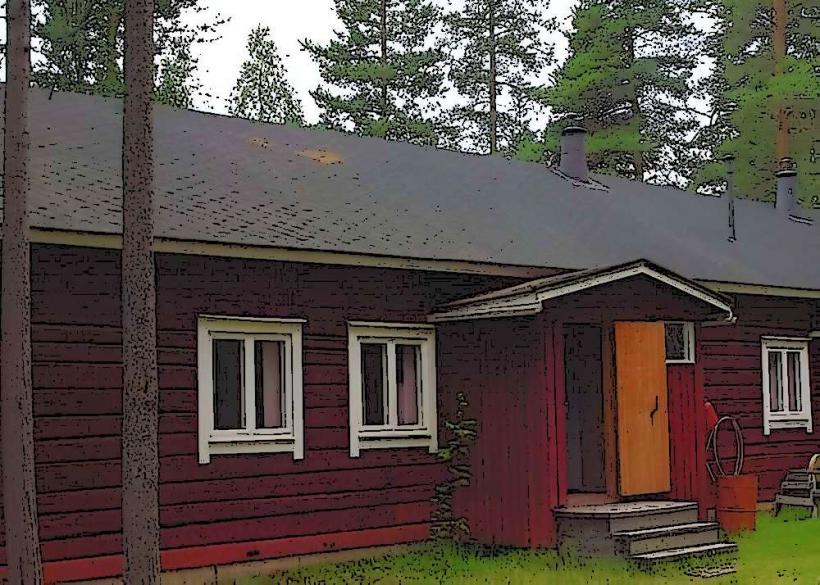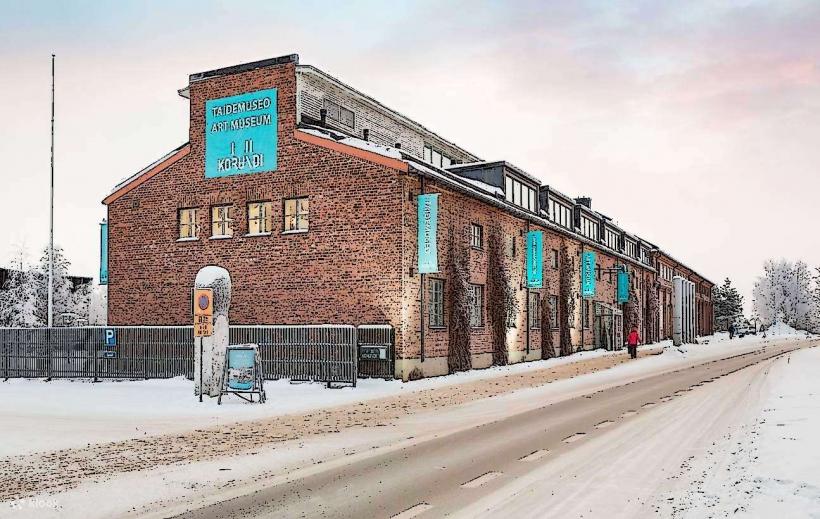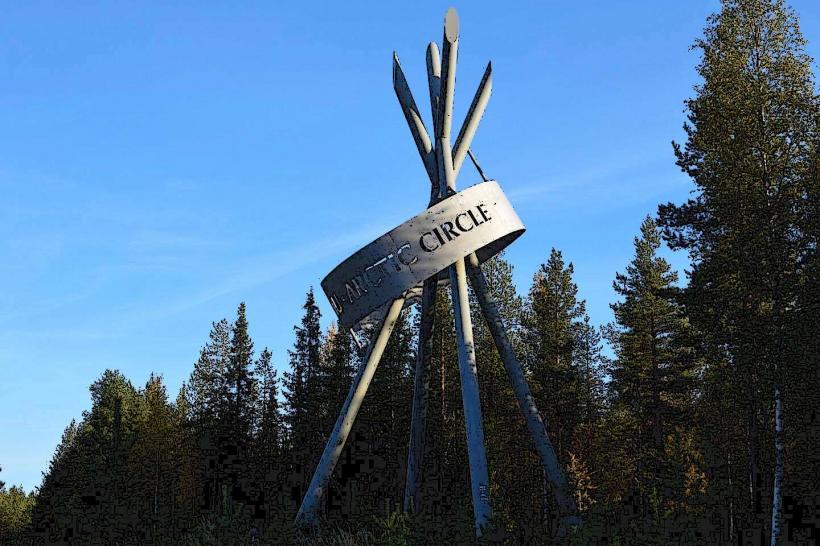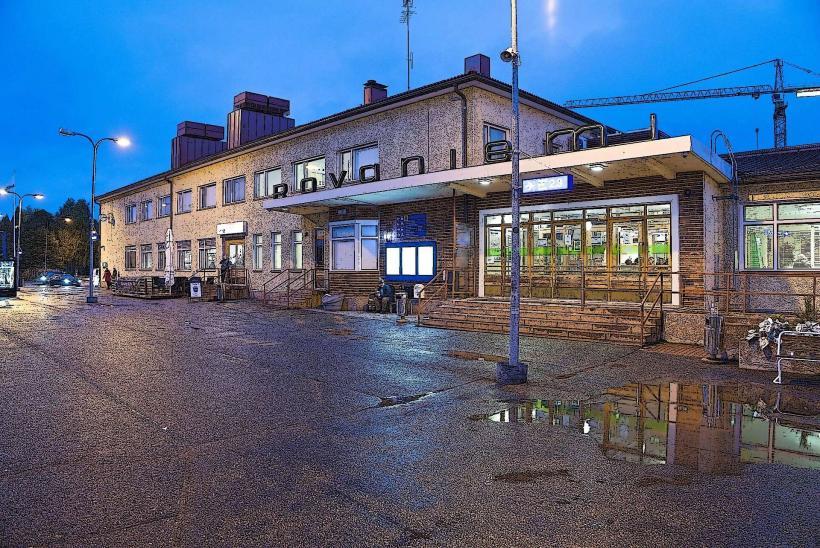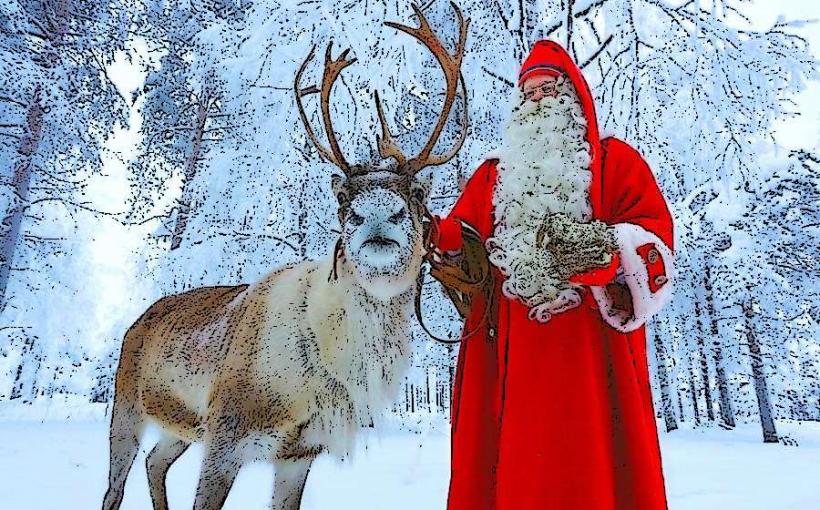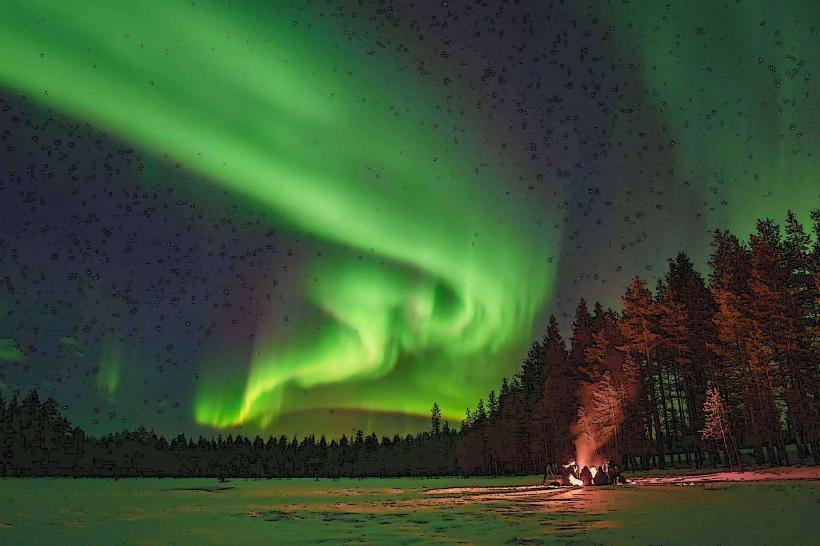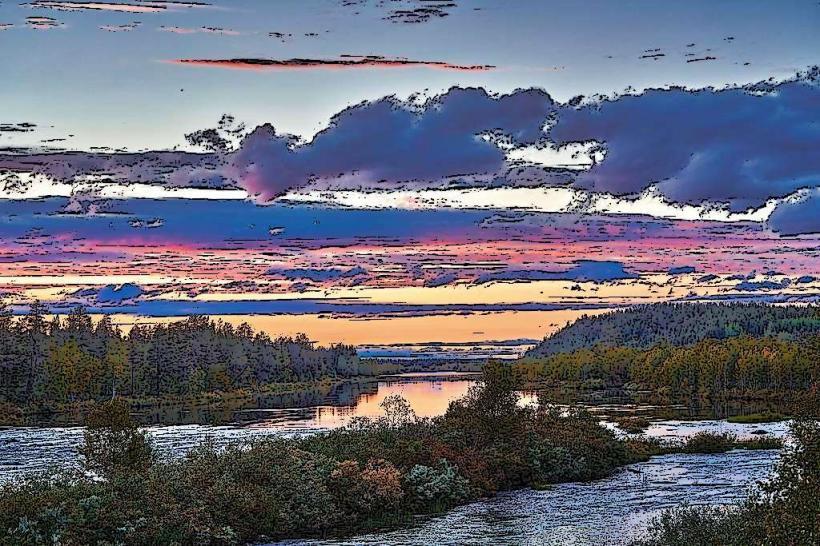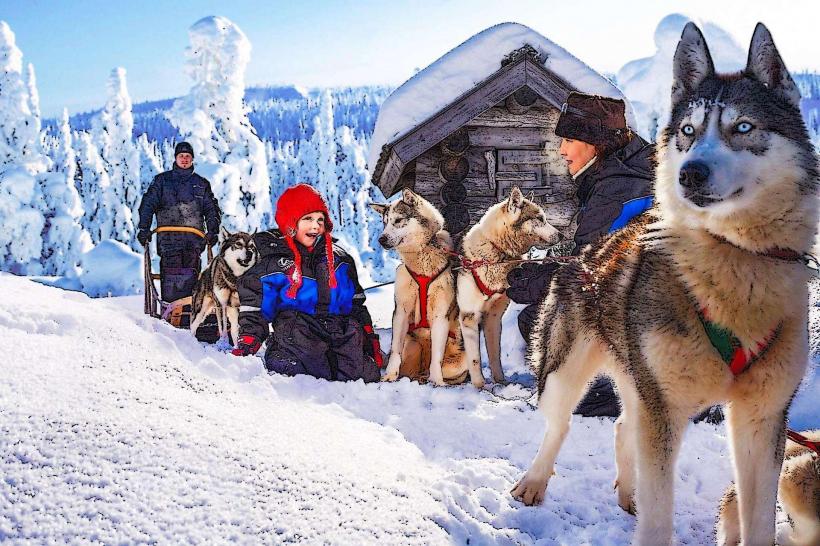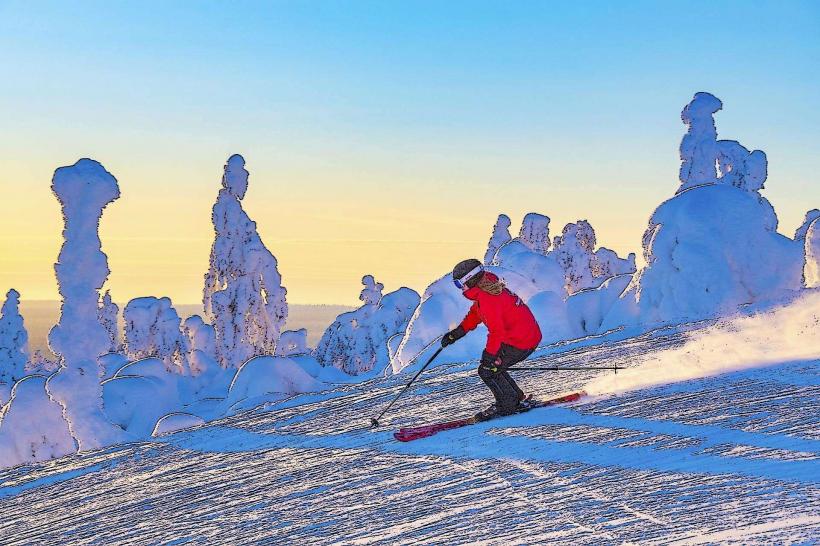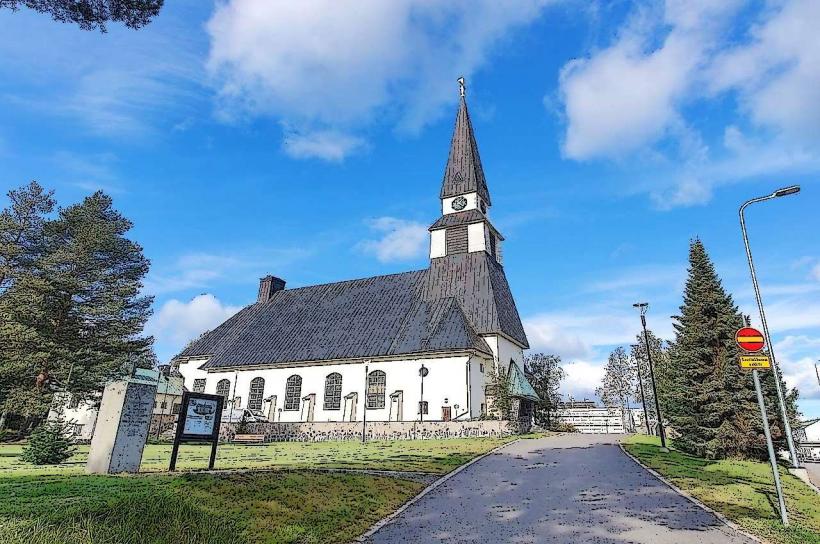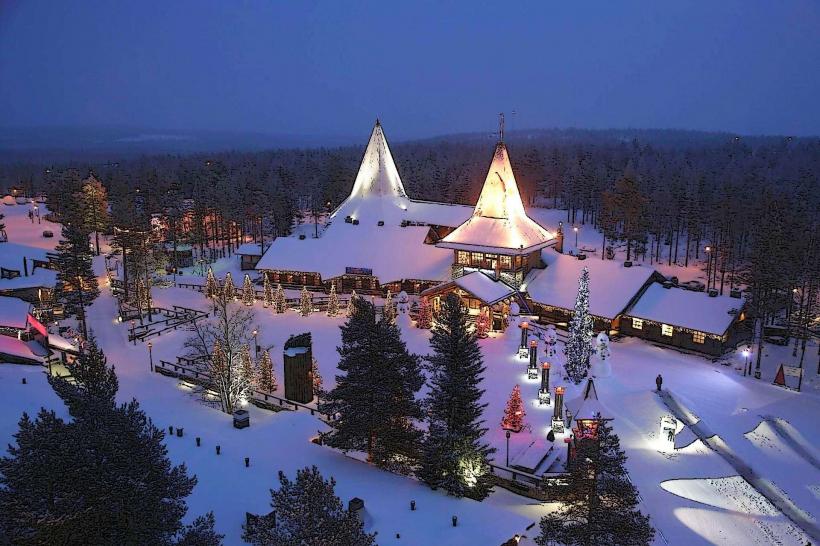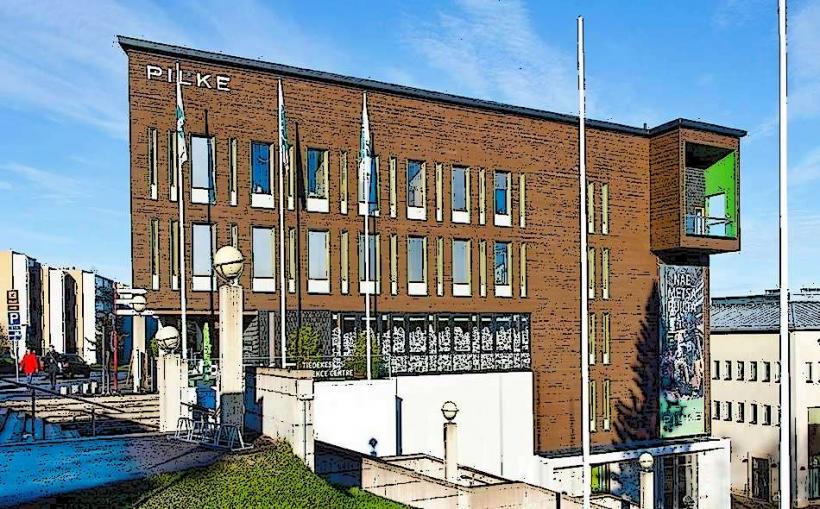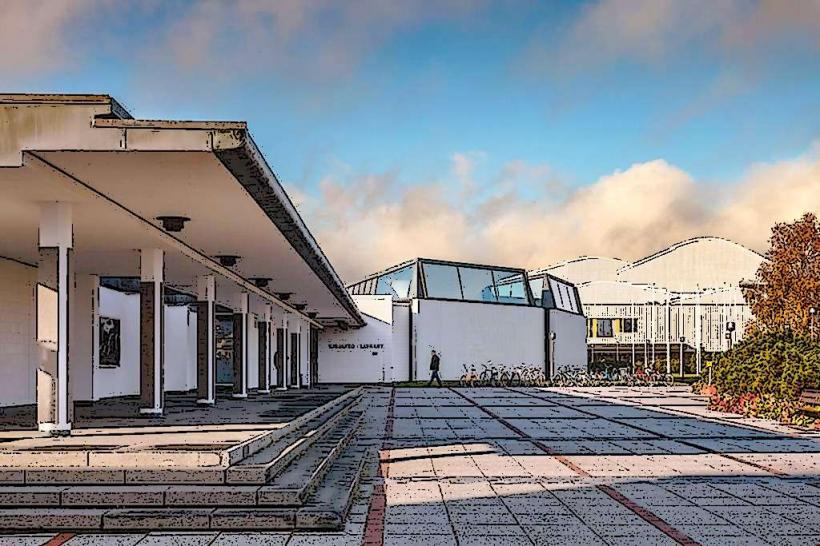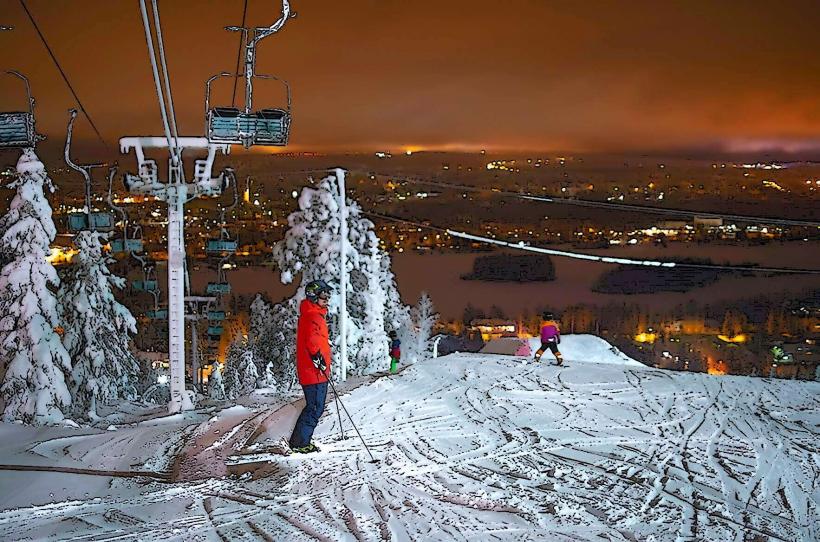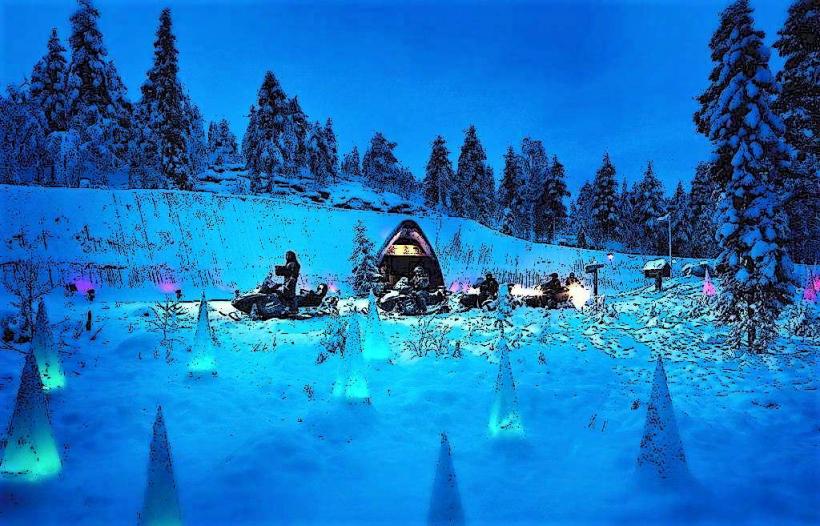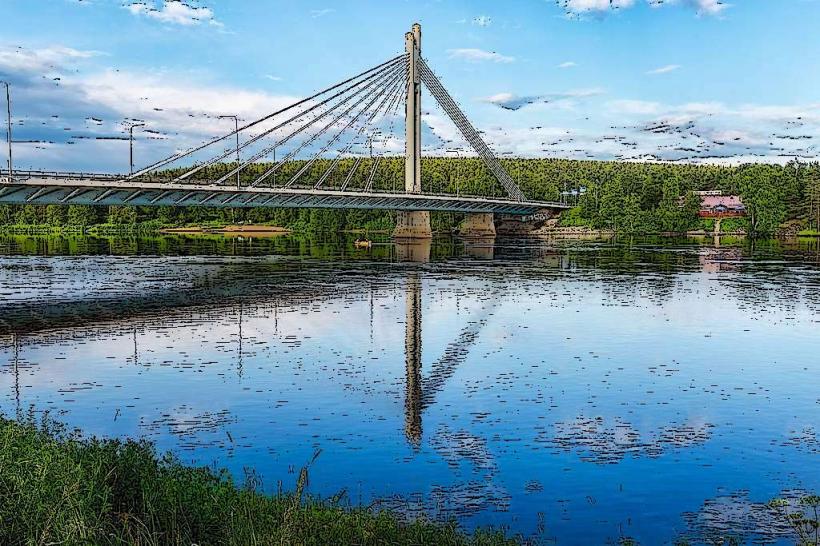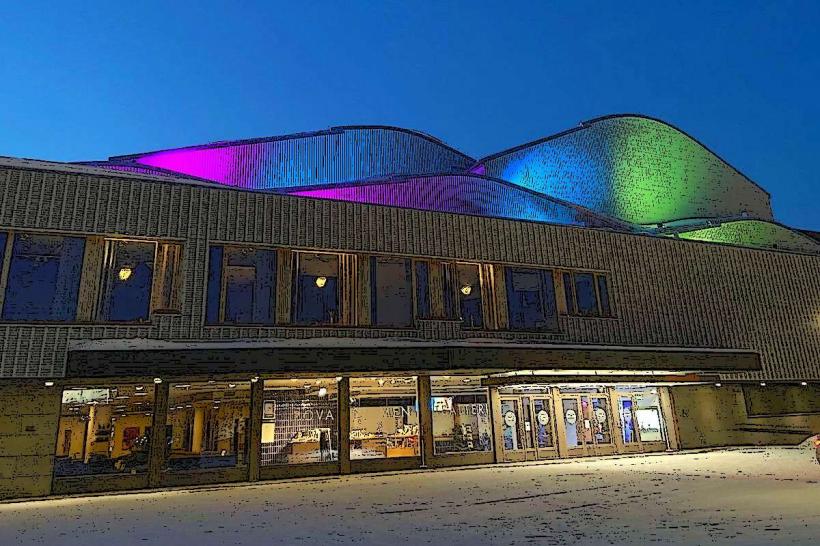Information
Landmark: Rovaniemi Local History MuseumCity: Rovaniemi
Country: Finland
Continent: Europe
The Rovaniemi Local History Museum (Rovaniemen kotiseutumuseo) is a fascinating destination that provides an authentic glimpse into the cultural and historical heritage of Rovaniemi and the broader Lapland region. It offers visitors the chance to explore traditional Lappish lifestyles, architecture, and customs, with a strong focus on rural and agrarian life in the Arctic.
Overview
- Location: The museum is located in the Pöykkölä district of Rovaniemi, about 4 kilometers from the city center. It occupies a historic farmhouse complex that perfectly reflects the traditional architecture of the region.
- Establishment: The museum was opened in 1964 and is managed by the Rovaniemi Historical Society.
- Setting: Nestled along the Ounasjoki River, the museum’s outdoor setting is picturesque, surrounded by the natural beauty of Lapland’s forests and countryside.
Features and Exhibits
1. Historical Farmstead
- The museum is centered around a restored farmstead, typical of 19th and early 20th-century Lapland. The farmstead includes multiple wooden buildings, such as:
- Main residential house (where families lived and worked).
- Granaries and storehouses for preserving food and supplies.
- Barns and stables for livestock.
- A sauna and smokehouse, showcasing traditional Finnish and Lapland practices.
- Each structure is filled with authentic furniture, tools, and household items from the era, providing a vivid portrayal of life in historical rural Lapland.
2. Everyday Life Artifacts
- The museum’s collection includes:
- Tools used in farming, fishing, and forestry, reflecting the region’s primary industries.
- Traditional textiles, clothing, and crafts, offering insight into the skills and artistry of local communities.
- Kitchen utensils, showcasing how families prepared and preserved food in Arctic conditions.
3. Seasonal and Sami Influences
- Displays explore the seasonal lifestyle of the locals, including how they adapted to the harsh winters and made use of the midnight sun in summer.
- Although focused on rural Finnish culture, the museum also touches on Sami traditions, as their way of life influenced Lapland's overall cultural fabric.
4. Outdoor Exhibits
- In addition to the buildings, visitors can explore outdoor exhibits, such as:
- Traditional fishing gear, including boats and nets, demonstrating the importance of fishing in the Arctic.
- Sleds and reindeer-related tools, used for transportation and work.
Visitor Experience
1. Guided Tours
- Knowledgeable guides provide detailed tours, explaining the significance of the exhibits and sharing stories about how people lived in Lapland in the past.
2. Interactive Activities
- During the summer months, the museum sometimes hosts workshops where visitors can try traditional crafts or participate in old-fashioned farm tasks, such as spinning wool or making butter.
3. Seasonal Appeal
- Summer: The museum is particularly popular in the summer when the farmstead is surrounded by lush greenery, and visitors can stroll through the grounds.
- Winter: In winter, the museum offers a unique, snow-covered perspective on the challenges of rural life in the Arctic.
Educational Value
- The museum plays an important role in preserving and promoting local history and cultural identity, especially in a city like Rovaniemi, which was heavily impacted by the destruction of World War II.
- It also sheds light on the ingenuity and resilience of Arctic communities in the face of extreme climates.
Accessibility
- The museum is accessible by car, bike, or public transportation from the Rovaniemi city center.
- It is family-friendly, offering activities that engage children while educating them about life in the past.
Conclusion
The Rovaniemi Local History Museum is a treasure trove of insights into traditional Lapland life and a must-visit for anyone interested in the region’s rich history and culture. Its authentic setting and well-preserved artifacts make it a compelling destination for learning about how people lived and thrived in Arctic conditions before modern conveniences.


